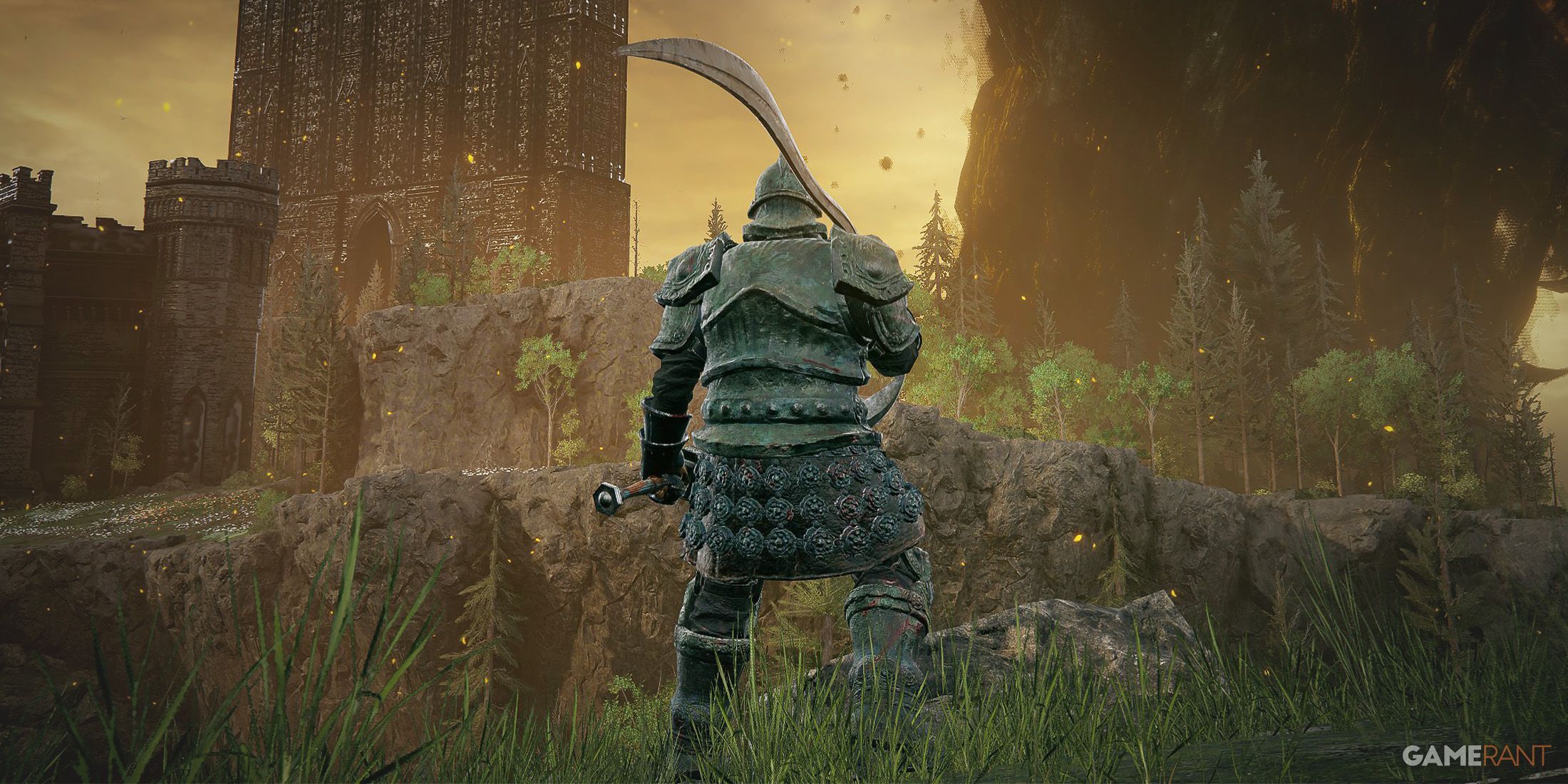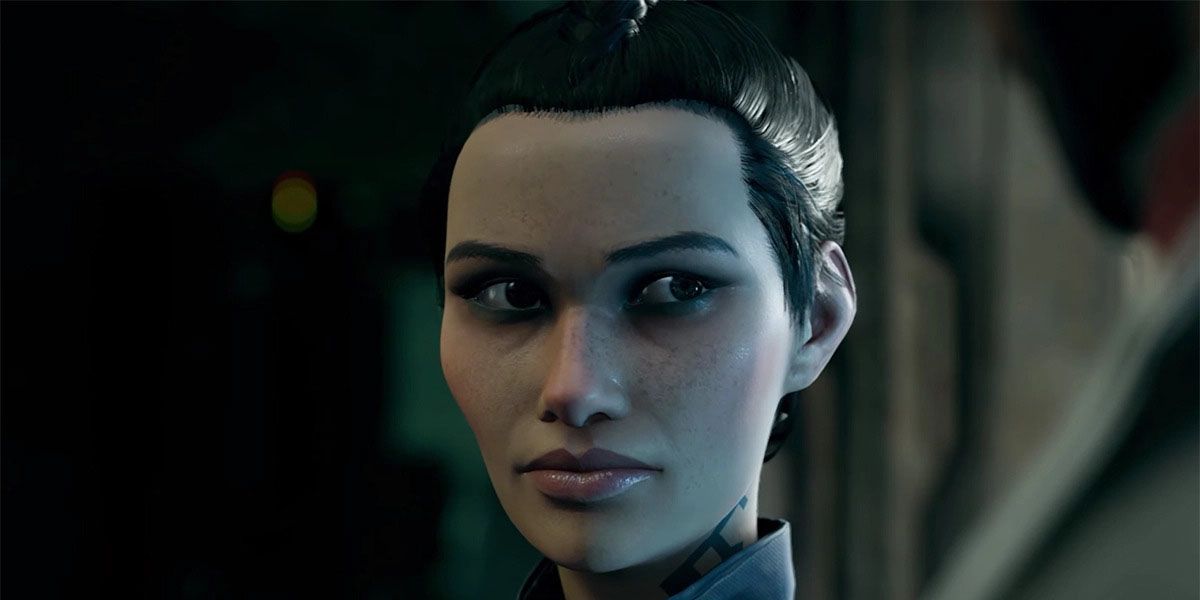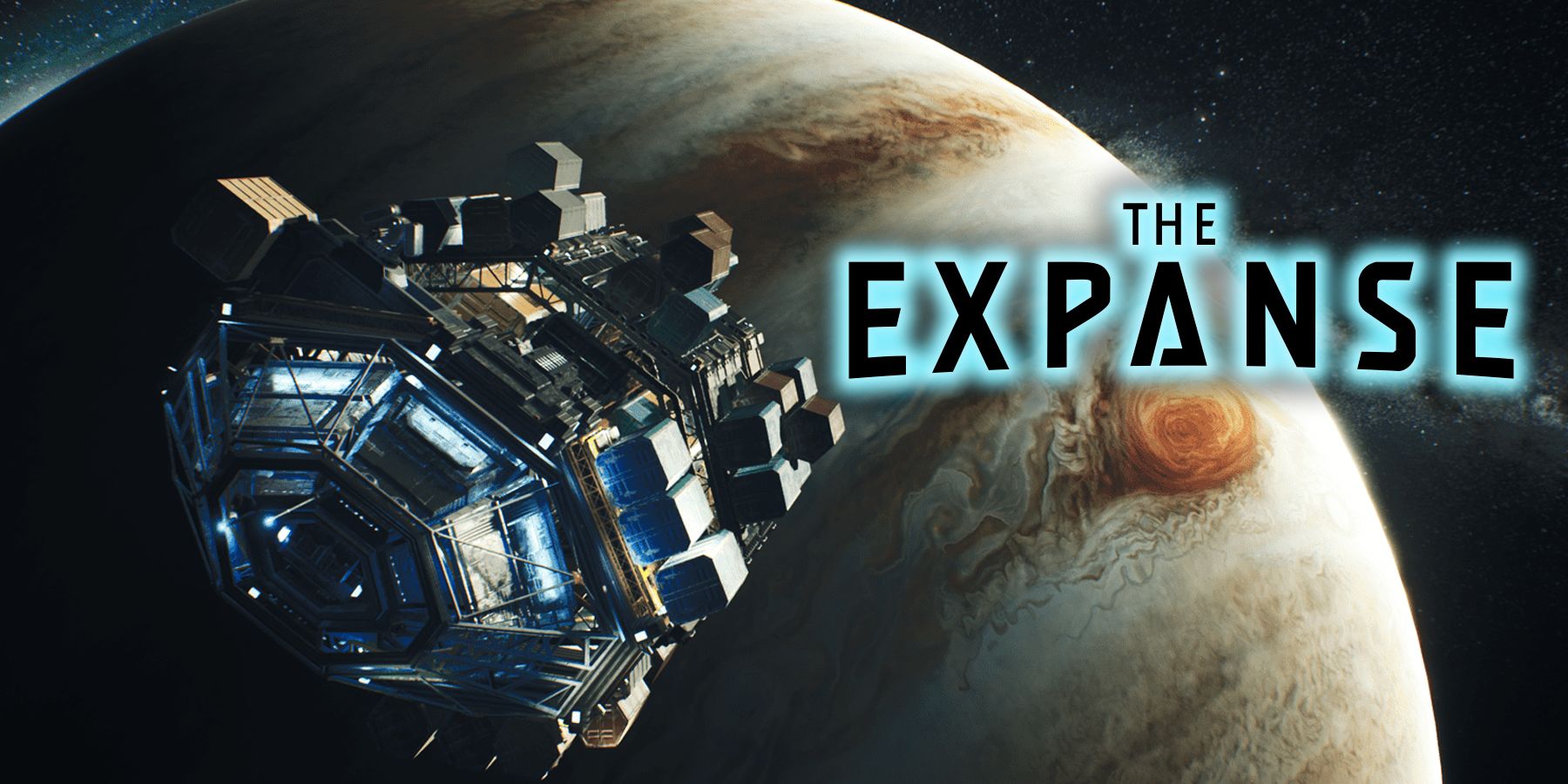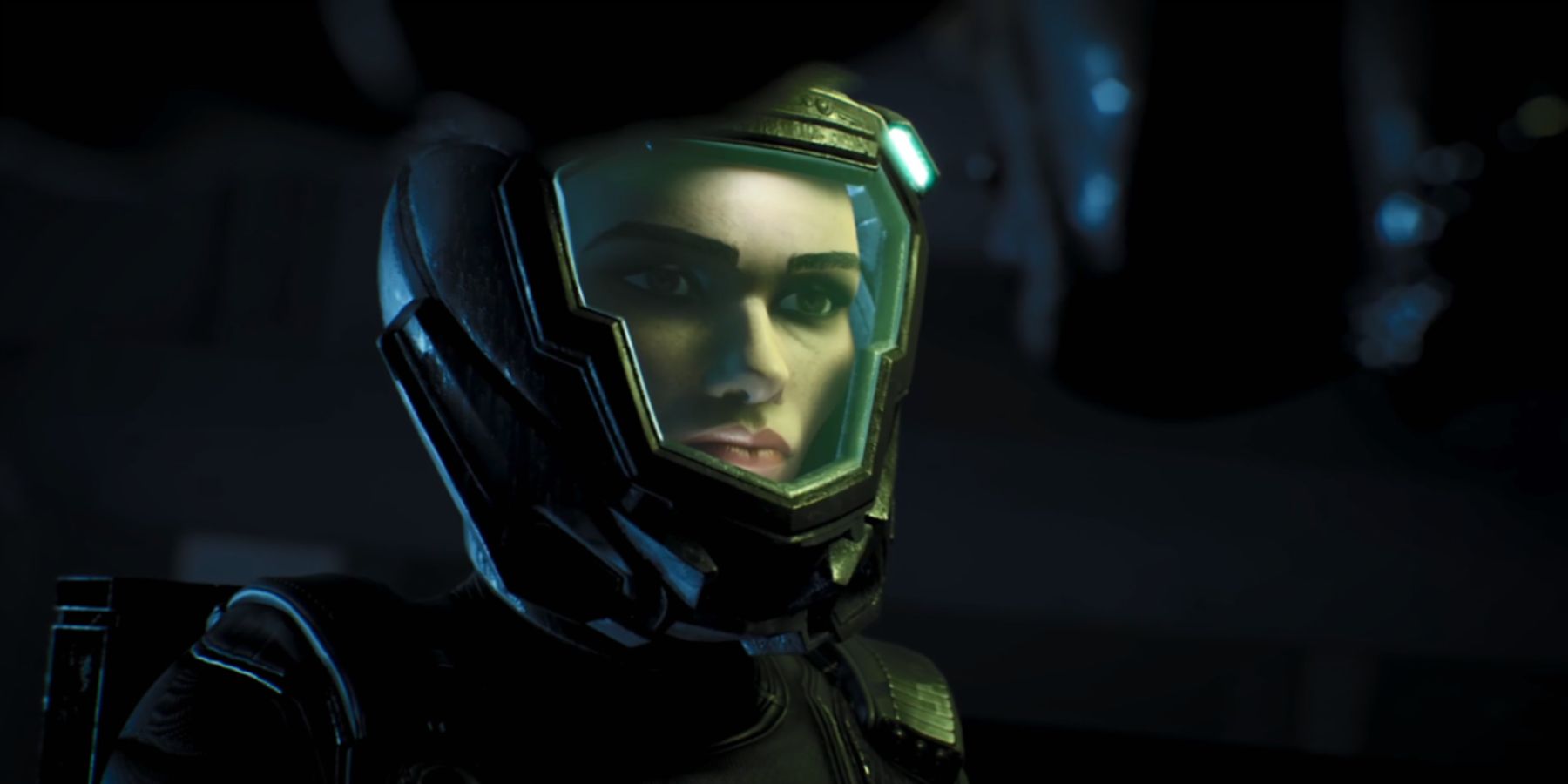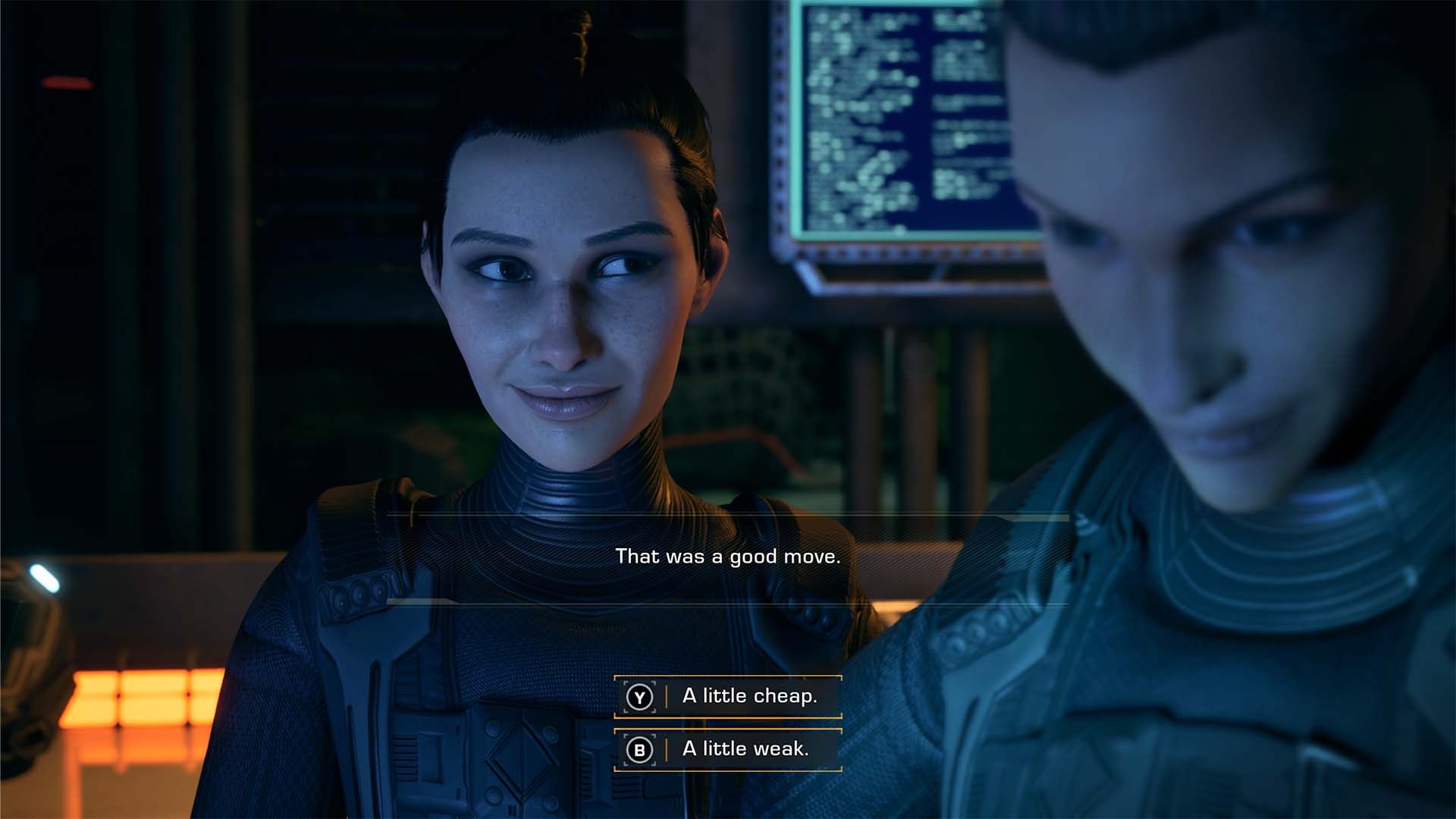The Expanse: A Telltale Series is an upcoming video game co-developed by Telltale Games and Deck Nine. The game was announced at The Game Awards 2021 and serves as a prequel to the TV series, revolving around Camina Drummer. In this title, she is the Executive Officer of the Artemis, a scavenging ship searching for a significant opportunity in the outer regions of the Belt.
During a recent Game ZXC interview, art director Emerson Oaks and lead environmental artist Tommy Spampinato spoke at length about the intricacies of the artistic process and design decisions that have shaped the vast and immersive space environment of The Expanse. Their insights provided valuable glimpses into the meticulous attention to detail and creative vision that has been poured into crafting this ambitious virtual world.
The Expanse is a gripping American science fiction TV series based on James S. A. Corey's novels. Developed by Mark Fergus and Hawk Ostby for Syfy, the show depicts a future where humanity has colonized the Solar System. As a diverse group of protagonists unwittingly unravel a dangerous conspiracy, they also confront existential challenges stemming from the discovery of alien technology. This captivating series combines thrilling intrigue, high-stakes conflicts, and introspective themes.
The art style of The Expanse TV show greatly influenced the visual approach of the game, with Spampinato highlighting the distinct design aesthetics of the different factions within the game. Belters' environments were characterized by exposed wires and a confined atmosphere, while small details also separated the UNN and MCRN. By faithfully capturing these unique styles, the development team ensured that players could readily identify the type of ship they were aboard, adding to the immersive experience of the game. Deriving the art from the TV show, Spampinatio said,
“One thing I noticed right away is Belter design is more closed in, more exposed wires, while UNN is cleaner but bulkier. The MCRN were very sleek.”
As a prequel set before the events of the TV show, the game provided an opportunity for artistic freedom while staying faithful to The Expanse IP. The development team sought to maintain the established design principles while infusing their own creativity into the project. Immersing themselves in the series helped them grasp the characters' journeys and the future direction of the universe, enabling them to envision and construct the game's spaces and narrative with greater depth and authenticity. As Oaks explained,
“We wanted to make sure that we were authentic to The Expanse IP, and it's not such a great deal of time that the design of everything would be completely different. “But there was a lot of variability in things like Belter ships, so there's a lot of space for us to comfortably express ourselves from a design standpoint."
“It also helped watching the series and knowing where it was going to end up,” Spampinato said. “You can just imagine Drummer's journey and just think about that when you're building the space and these characters, because you had all that rich history that you've learned from the show. We weren't guessing anything, and it was really easy just to look at references.”
Creating an open-world space in The Expanse presented a significant challenge due to the abundance of creative freedom. The team, led by Oaks, had to carefully consider the fact that players would have the freedom to explore every aspect of the space. This required meticulous attention to detail to ensure that nothing felt out of place, allowing for a seamless and immersive experience for the players. “You need to do a different sort of setup and design when you're building a game space,” Oaks said. “It's a lot harder to hide things, for example, especially with the free-roam gameplay.”
Maintaining authenticity and scientific accuracy were primary priorities for the developers during the design process. According to Spampinato, they diligently referred to science videos to ensure realistic portrayals of elements such as blood in a vacuum. By sharing these references with the narrative team, they were able to seamlessly integrate scientific details into the story, enhancing the overall immersion and believability of the game.
The development team sought inspiration from other sci-fi series to achieve the desired designs for costumes, sound and lighting, and various gameplay elements, including character movement. Multiple iterations were dedicated to refining the functionality and realism of the space suit, highlighting the team's commitment to both artistic creativity and scientific accuracy. Oaks emphasized the importance of harmonizing art and science to create a game that not only felt immersive but also grounded in authenticity, enabling players to deeply engage with the virtual world.
“For us to be faithful to The Expanse , we have to take into account the art and science background of it. In a sense, the art is there to serve the needs of the game. We're there to make sure the game gets players into that world, accurately, and to make sure things are really harmonious."
To achieve a realistic portrayal of objects in zero gravity, the team extensively referenced videos as a visual guide. The integration of Zero-G gameplay in The Expanse posed a challenge, prompting the team to prioritize refining collision mechanics for smooth and uninterrupted movement. Collaboration between the developers and designers played a vital role in overcoming technical and design hurdles, such as the visual representation of blood in space. For this, Spampinato mentioned that they turned to videos to gain insights into how liquids would behave in a vacuum, ensuring accuracy in their depiction.
“You’ve seen a sci-fi show where someone's bleeding and it's like this little droplet just floating there or when there is someone is crying,” Spampinato said,“ it looks like water pooling in the eyes. One of the environment artists would share a video, and the narrative folks would look at it and remember it. They'd put that in the story writing when they're envisioning the scene.”
Player choices had a significant impact on the art decisions within the game. According to Oaks, the designers and narrative team worked closely to identify meaningful choices from the outset, allowing the art to adapt and mirror the consequences of those choices. Meticulous attention to detail was essential in considering noticeable aspects like characters losing body parts, ensuring that such elements were seamlessly integrated into the overall design. By aligning art and narrative, the team aimed to create a cohesive experience where player choices felt meaningful and had visible repercussions within the game world.
The Expanse will release on June 27 for PC, PS4, PS5, Xbox One, and Xbox Series X.

